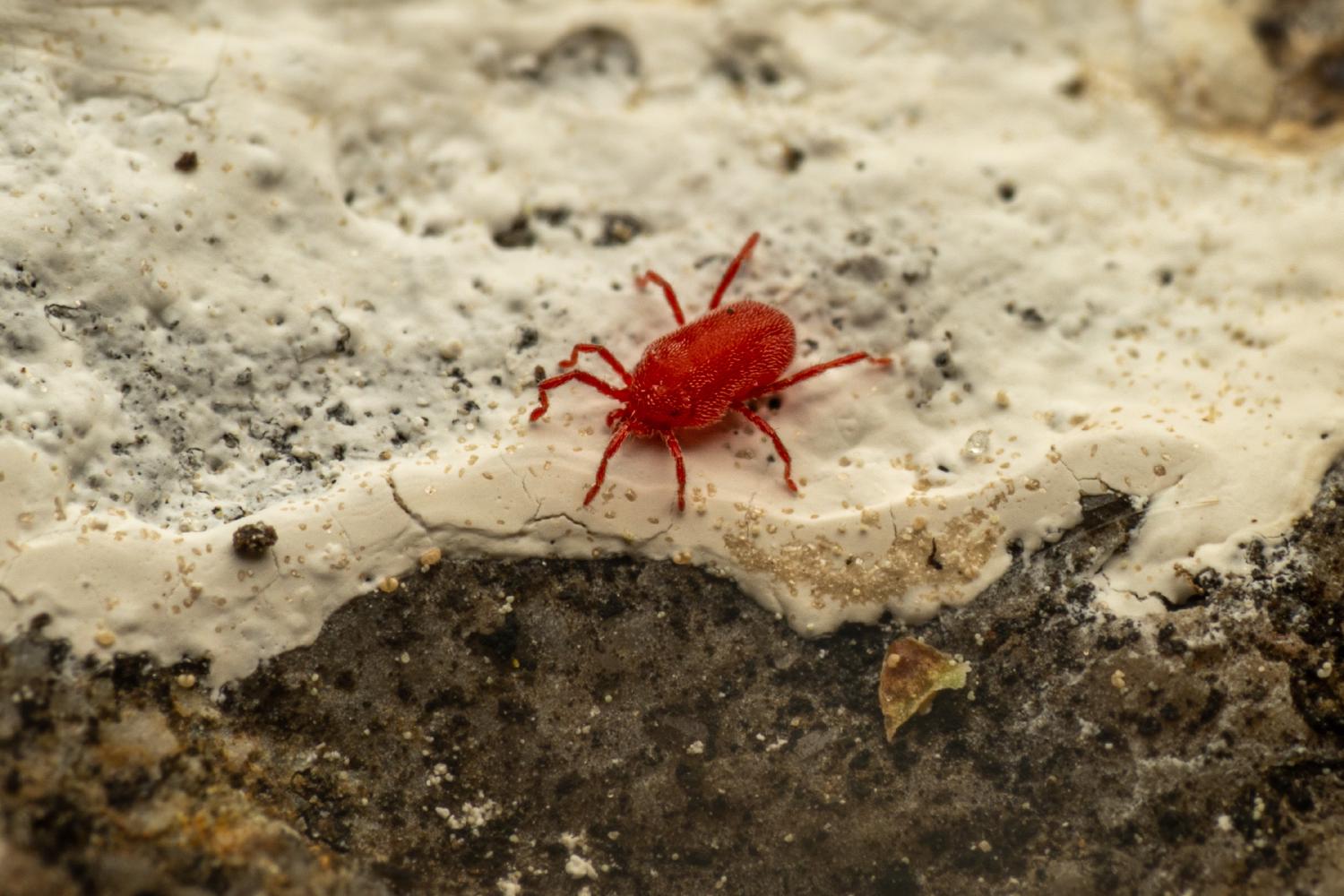Mites and Ticks
Lat. “Acari“
subclass
of class
“Arachnids“
1 subclass, 1 order, 1 family, 3 species
This article discusses various aspects of mites, including their evolution and taxonomy, reproduction and life cycle, and their relationship with humans. Mites are not a specific taxon, but are used to describe two groups of arachnids, the Acariformes and the Parasitiformes. The phylogeny of mites is not well-studied, but molecular information from ribosomal DNA is being used to understand their relationships. Mites have separate sexes, with males having testes and a chitinous penis, while females have an ovary and a seminal receptacle. Mites reproduce either through indirect sperm transfer or direct insemination using the male’s penis. The eggs are laid in the substrate and hatch into larvae, which later become nymphs and then adults. Mites have a short lifespan compared to other arachnids and most are beneficial, helping in the decomposition of organic material. However, some species, like the Demodex mites, live on humans and are commonly found on eyelashes.
Hierarchy
Evolution and taxonomy
The mites are not a defined taxon, but is used for two distinct groups of arachnids, the Acariformes and the Parasitiformes. The phylogeny of the Acari has been relatively little studied, but molecular information from ribosomal DNA is being extensively used to understand relationships between groups. The 18 S rRNA gene provides information on relationships among phyla and superphyla, while the ITS2, and the 18S ribosomal RNA and 28S ribosomal RNA genes, provide clues at deeper levels.
Reproduction and life cycle
The sexes are separate in mites; males have a pair of testes in the mid-region of the body, each connected to the gonopore by a vas deferens, and in some species there is a chitinous penis; females have a single ovary connected to the gonopore by an oviduct, as well as a seminal receptacle for the storage of sperm. In most mites, sperm is transferred to the female indirectly; the male either deposits a spermatophore on a surface from which it is picked up by the female, or he uses his chelicerae or third pair of legs to insert it into the female’s gonopore. In some of the Acariformes, insemination is direct using the male’s penis. The spermatophora in all mites are aflagellate.The eggs are laid in the substrate, or wherever the mite happens to live. They take up to six weeks to hatch, according to species, with the next stage being the six-legged larvae. After three moults, the larvae become nymphs, with eight legs, and after a further three moults, they become adults. Longevity varies between species, but the lifespan of mites is short compared to many other arachnids.
Relationship with humans
Mites are tiny and apart from those that are of economic concern to humans, little studied. The majority are beneficial, living in the soil or aqueous environments and assisting in the decomposition of decaying organic material, as part of the carbon cycle.Two species live on humans, namely Demodex folliculorum and Demodex brevis; both are frequently referred to as eyelash mites.
See also
Chigger bite Copra itch Gamasoidosis Grain itch Grocer’s itch List of mites associated with cutaneous reactions
External links
Bitingmites.org: What’s biting you? Mites and Ticks chapter in United States Environmental Protection Agency and University of Florida/Institute of Food and Agricultural Sciences National Public Health Pesticide Applicator Training Manual Mites at the U.S. National Library of Medicine Medical Subject Headings (MeSH)
Ancestry Graph
Further Information
Copyright

This article uses material from the Wikipedia article Acari the free encyclopedia Wikipedia which is released under Creative Commons Attribution-ShareAlike 4.0 International License). On Wikipedia a list of authors is available.
